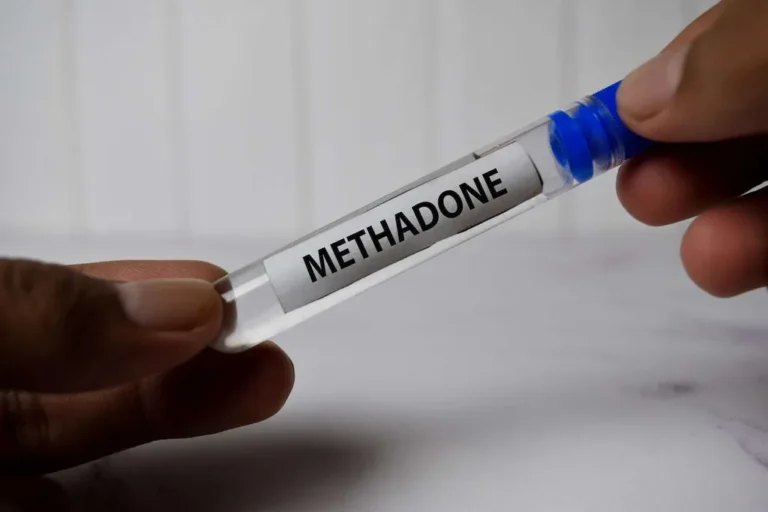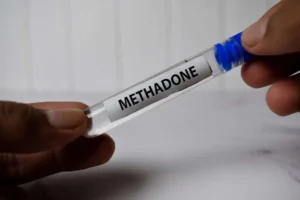Alcoholic cardiomyopathy: Treatments, outlook, and more
Best Accounting Software for Non-Profits
March 15, 2021QuickBooks® Online Pricing & Free Trial official Site
March 29, 2021Alcoholic cardiomyopathy: Treatments, outlook, and more

If you have alcoholic cardiomyopathy, you may benefit from attending group support meetings for people struggling with AUD and subsequent ACM. Alcoholic cardiomyopathy may not cause any symptoms until the disease becomes advanced. The main types include dilated, hypertrophic and restrictive cardiomyopathy. Treatment includes medicines and sometimes surgically implanted devices and heart surgery. Ethyl alcohol, also known as “ethanol” or usually just as “alcohol”, is the most consumed drug in human history 1. At present, its consumption rates are still very high, with a widespread worldwide distribution, in a global uncontrolled scenario with easy access 2.
History and Physical
In the second study, Gavazzi led a multicentre study in which, from 1986 to 1995, 79 patients with ACM and 259 patients with DCM were recruited10. Transplant-free survival after 7 years was worse among patients with ACM than among those with DCM (41% vs 53%). Among patients who continued drinking heavily, transplant-free survival was significantly worse than in non-drinkers (27% vs 45%). Furthermore, there are conflicting data among studies regarding the prognosis of the condition, with some showing overall mortality near 60% and others showing a mortality rate of only 19% (Table 1).
Clinical work-up for alcoholic cardiomyopathy
Unfortunately Lazarević et al23, as in most of these studies, systematically excluded patients with a history of heart disease or with HF symptoms. It is therefore possible that most of these studies may have also consistently omitted most alcohol abusers in whom alcohol had already caused significant ventricular dysfunction. Alcoholic cardiomyopathy (ACM) is a disease in which the long-term consumption of alcohol leads to heart failure.1 ACM is a type of dilated cardiomyopathy. Most common age population for ACM is males from age with significant history of alcohol use for more than 10 years.
- However, nutritional factors may worsen the natural course of ACM and should be avoided 18,19.
- One of the characteristics that makes ethanol harmful is its systemic toxic effect on the human body 10,11.
- Alcohol abuse has a toxic effect on many of your organs, including the heart.
- Pathologically, ethanol induces myocytolysis, apoptosis, and necrosis of myocytes, with repair mechanisms causing hypertrophy and interstitial fibrosis.
Enhancing Healthcare Team Outcomes
Females constitute roughly 14 % of cases of alcohol induced cardiomyopathy however lifetime exposure required for women to develop alcohol induced cardiomyopathy is less compared to men. If you suspect you at risk of or are suffering from the early stages of alcoholic cardiomyopathy, your doctor will run tests to make an accurate diagnosis. Your doctor will also ask you about your medical history and alcohol use behaviors. It is important to be honest with your doctor about your alcohol use, including the number and amount of drinks you have each day.

Alcoholism—use and abuse
One relevant question concerning alcoholic cardiomyopathy symptoms ethanol cardiac toxicity is if ethanol itself or its active metabolite acetaldehyde causes cardiac damage 73,74. In fact, both molecules are directly cardiotoxic, decreasing structural protein synthesis and heart contractility and increasing oxidative and metabolic damage, leading to autophagy 20,75. In experimental studies, acetaldehyde directly impairs cardiac contractile function 76, disrupts cardiac excitation–contraction coupling, and promotes oxidative damage and lipid peroxidation 20.


Acetaldehyde is produced at a lower quantity in the heart as compared to the liver, and systemic acetaldehyde does not achieve toxic heart concentrations 77. In addition, acetaldehyde is able to interact with proteins and produce protein-adduct compounds that are highly reactive and may induce additional inflammatory and immunologic heart damage 78. Therefore, because of its multiple actions, acetaldehyde may influence ACM pathogenesis in addition to ethanol effect itself 20,76,77. In fact, the particular effects that ethanol produces in a specific organ depend on several factors 18,19. One is the physical characteristics of ethanol itself, with a low molecular size, high distribution capacity, and high tissue reactivity. In addition, there is a relevant role on each organ, particularly on defense and adaptive mechanisms, with a clear induction of anti-oxidant, metabolic, and anti-inflammatory protective responses as a result of ethanol aggression 18,25,26.
However, nutritional factors may worsen the natural course of ACM and should be avoided 18,19. The primary treatment for ACM involves complete abstinence from alcohol or other drugs. However, some studies show that moderating alcohol consumption may lead to similar health outcomes. Elevations in troponin can signify heart damage or an increase in cardiac output that results in demand ischemia. This is where the heart has an increased need for oxygen that exceeds the body’s ability to supply it. Cardiotoxicity refers to heart damage that occurs in response to certain drugs, such as alcohol.
2. Ethanol-induced Myocyte Apoptosis and Autophagy

Heavy drinking is alcohol consumption that exceeds the recommended daily limits. In the Caerphilly prospective heart disease study, platelet aggregation induced by adenosine diphosphate was also inhibited in subjects who drank alcohol 99. Assessing differences between various forms of alcoholic beverages it should be noted that resveratrol leads in vitro to platelet inhibition in a dose-dependent manner 100 and has shown effects on all-cause mortality in a community-based study 101.
Diagnosis
He divided this cohort into two groups according to the evolution of the ejection fraction during 36 mo in which no deaths were recorded. The 6 subjects who experienced a clear improvement in their ejection fraction had fully refrained from drinking. Conversely, the 3 subjects recording a less satisfactory evolution had persisted in their consumption of alcohol. It should be noted that a moderate drinker included in this latter group showed an improvement of his ejection fraction. Indeed, the first account of the possible harmful effects of alcohol specifically on heart muscle was reported in the latter half of the 19th century. Expressions referring to “the heart of a wine drinker in Tubingen” and particularly a “Munich beer heart” were used and known in Germany during this time13.
- From the data provided in the available ACM studies, it appears that patients who received an ACEI globally showed improved prognosis.
- This can result in various symptoms, including fluid retention and episodes.
- In the study by Gavazzi et al10, ACM patients who continued drinking exhibited worse transplant-free survival rates after 7 years than those who stopped drinking alcohol (27% vs 45%)10.
- The existence of a direct causal link between excessive alcohol consumption and the development of DCM is a controversial issue.
Signs and symptoms
- Chronic alcohol consumption can cause multi-organ damage including myocardial dysfunction.
- A literature review using the PubMed database with the search terms ‘alcoholic cardiomyopathy’, ‘alcoholic heart disease’, was conducted up to January 2017.
- However, during the time that these haemodynamic changes appeared, some researchers identified a possible decrease in the ejection fraction and other parameters related to systolic function32-39.
- The treatment of episodes of heart failure in ACM does not differ from that performed in idiopathic-dilated CMP 52,54.
- Alterations caused by heavy alcohol intake have also been studied from the perspective of histopathology.
Complete alcohol withdrawal is usually recommended to all patients with ACM. For tens of years, the literature has documented many clinical cases or small series of patients who have undergone a full recovery of ejection fraction and a good clinical evolution after a period of complete alcoholic abstinence. The latest two papers to be published, unlike previous papers, reported worse outcomes for ACM patients compared to DCM patients. In the first of these studies, Fauchier et al11 studied 50 patients with ACM and 84 patients with DCM between 1986 and 1997.
